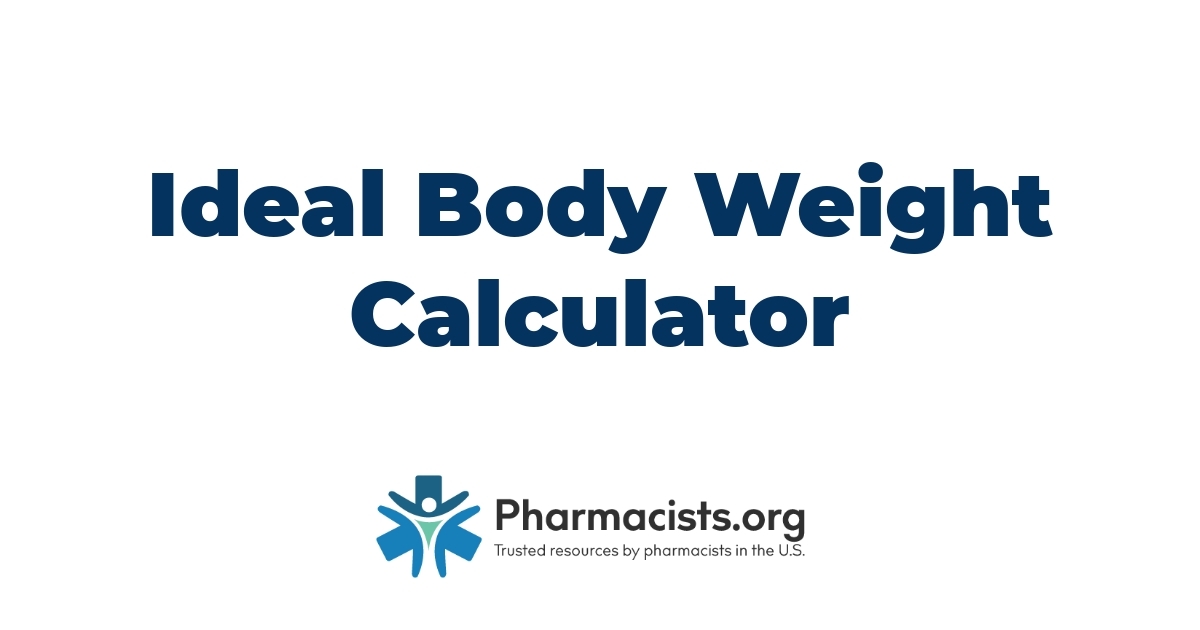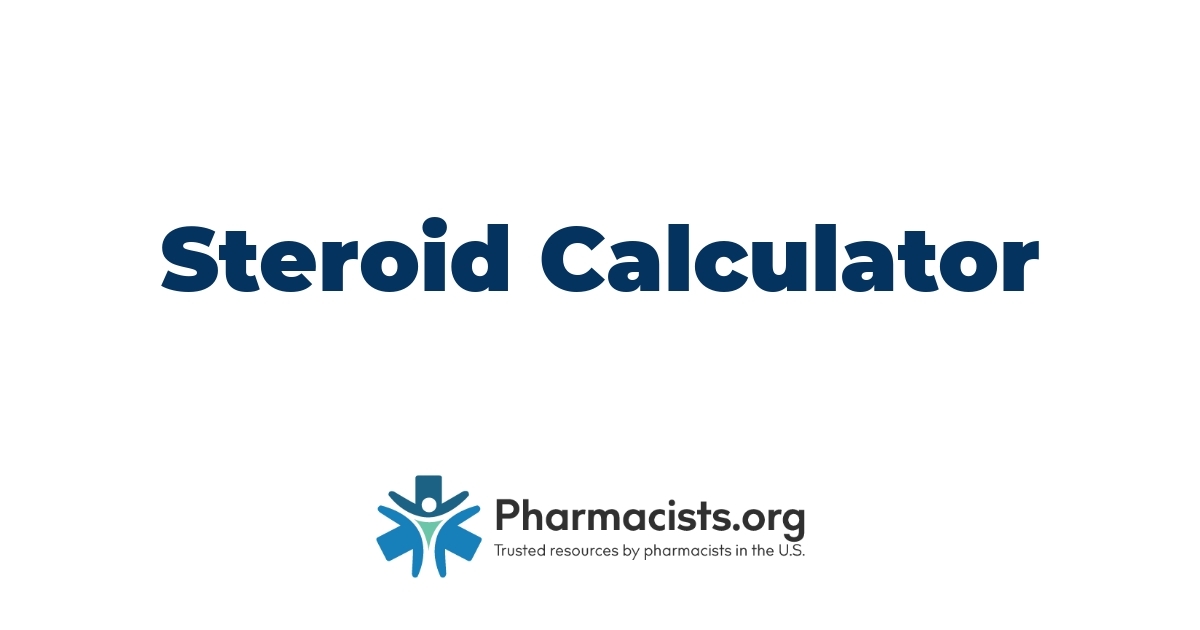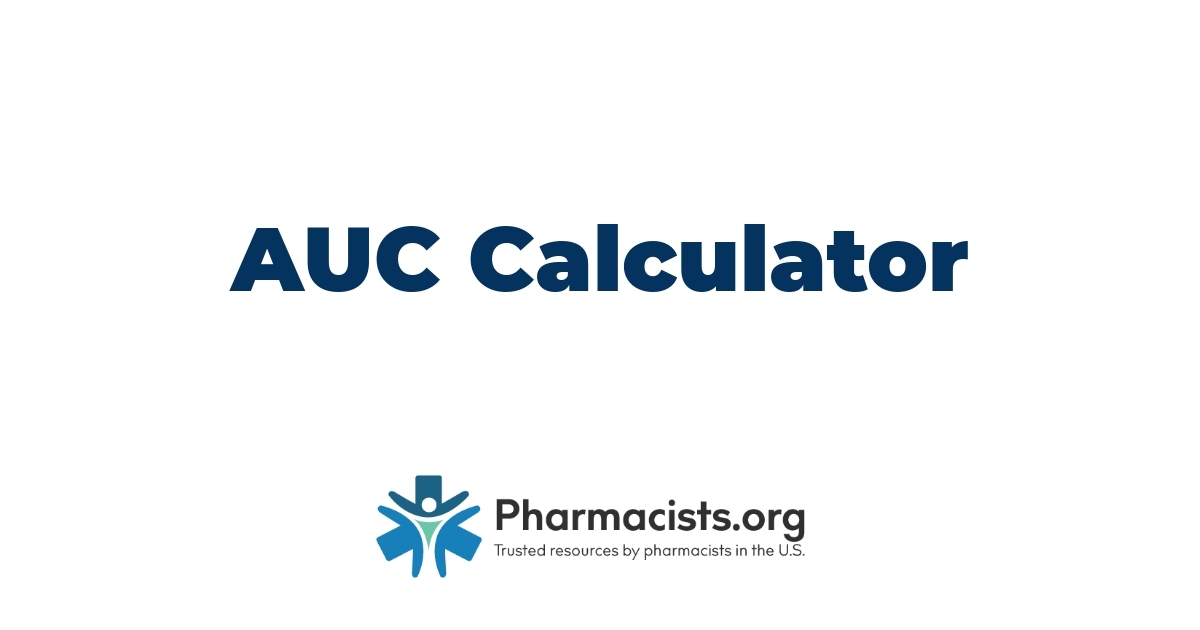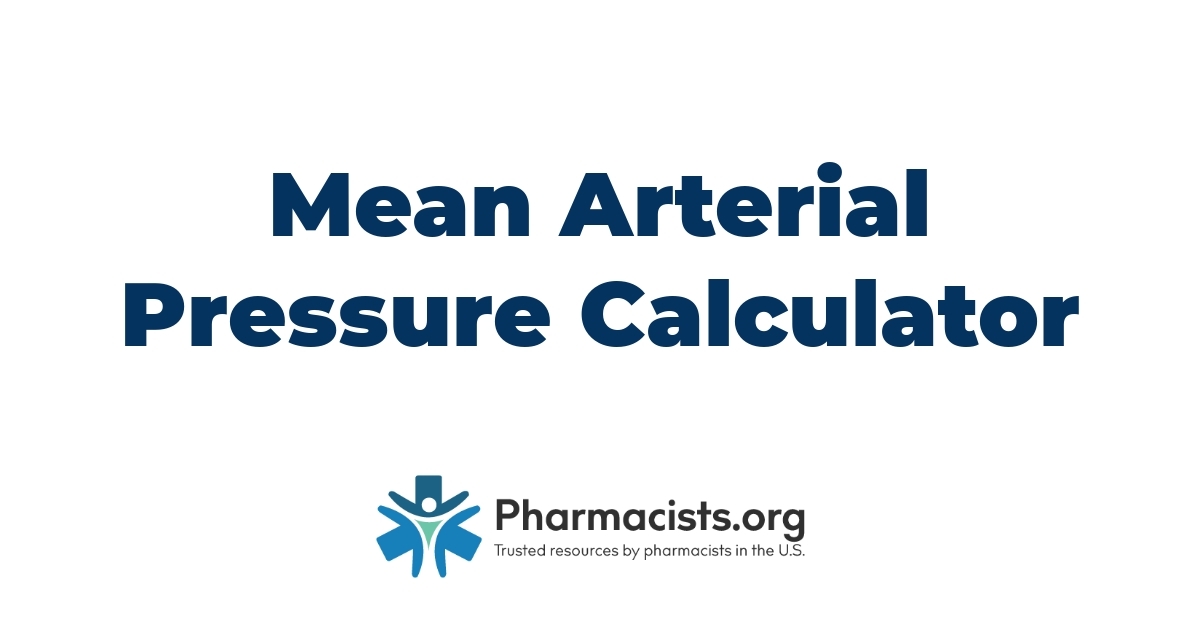Creatinine Clearance Calculator
Understanding the CrCl Calculator
What Is Creatinine Clearance?
Creatinine clearance represents the volume of blood that the kidneys can clear of creatinine per minute, serving as a reliable indicator of renal function. It’s a measure we rely on heavily to understand how efficiently the kidneys are performing their vital role of filtering out waste products from the bloodstream. Unlike other renal markers that may fluctuate based on external factors, creatinine clearance gives us an intrinsic view of kidney health, thanks to its calculation being based on the creatinine levels in both urine and blood. This dual-measurement approach enables a more accurate assessment, positioning the CrCl calculator as an invaluable asset in our arsenal for managing patient health.
Importance of Measuring Creatinine Clearance
Measuring creatinine clearance holds paramount importance, especially in the pharmacy field, where medication dosages often require adjustments based on kidney function. For patients with compromised renal efficiency, standard dosages can lead to drug accumulation and potential toxicity, making the necessity for dose customization critical. The CrCl calculator facilitates this by providing precise kidney function estimates, allowing us to tailor medication plans to each patient’s unique physiological needs.
Besides, regular monitoring of creatinine clearance can aid in the early detection of kidney disease, enabling interventions that can slow disease progression. This aspect is particularly beneficial for pharmacy owners, who play a crucial role in managing chronic conditions alongside healthcare teams. By incorporating the use of the CrCl calculator into routine practice, we bolster our commitment to patient-centered care, ensuring that treatments are not only effective but also safe.
How the CrCl Calculator Works
Understanding the functionality of the Creatinine Clearance (CrCl) calculator represents a crucial competency in the realm of pharmacy practice. This tool, grounded in scientific methodology, empowers pharmacy owners and healthcare professionals to make informed decisions about kidney health management and medication dosing. Let’s investigate into the mechanics and influencing factors of this indispensable tool.
The Formula Behind the Calculator
At the heart of the CrCl calculator lies the Cockcroft-Gault formula, a time-tested equation that estimates creatinine clearance from serum creatinine levels, age, weight, and sex. This formula is expressed as:
[ \text{CrCl} = \frac{(140 – \text{Age}) \times \text{Weight (in kg)}}{72 \times \text{Serum Creatinine (in mg/dL)}} \times (\text{0.85 if female}) ]
The elegance of this formula rests in its capacity to offer healthcare professionals a quick, yet precise, assessment of renal function without the need for cumbersome 24-hour urine collection tests. Pharmacy teams use this calculation to tailor medication dosages, particularly for drugs excreted via the kidneys, ensuring efficacy while mitigating risk of toxicity.
From Around The Web: Creatinine Clearance Calculator
Factors Affecting Creatinine Clearance
Creatinine clearance rates can be influenced by a host of factors, making it imperative for healthcare professionals to understand these variables to interpret CrCl results accurately. Key factors include:
- Age: Kidney function naturally declines with age; hence, elderly patients often exhibit decreased CrCl rates.
- Muscle Mass: Given creatinine is a by-product of muscle metabolism, individuals with greater muscle mass may have higher baseline serum creatinine levels, affecting CrCl calculations.
- Sex: Women generally have lower CrCl than men, partly due to typically having less muscle mass. The Cockcroft-Gault formula adjusts for this with a correction factor.
- Medications: Certain drugs can impact serum creatinine levels either by affecting creatinine production or its excretion, so influencing CrCl estimates.
- Health Conditions: Chronic conditions such as diabetes or hypertension can impair kidney function over time, affecting creatinine clearance rates.
For pharmacy owners and healthcare professionals, it’s not enough to merely employ the CrCl calculator. Comprehending the variables that influence its outcomes allows for more nuanced patient care strategies. This involves not only adjusting drug dosages but also regularly monitoring patients’ kidney function to preemptively address any emerging renal health issues.
By integrating the use of the CrCl calculator within routine practice, pharmacy professionals in the U.S. can significantly enhance the quality of care provided to patients. Correctly interpreting the calculated creatinine clearance, alongside considering the patient’s holistic health profile, ensures optimized therapeutic outcomes while prioritizing patient safety.
Advantages of Using a CrCl Calculator
Given the critical role kidneys play in maintaining health, accurately assessing kidney function is paramount in pharmacy practice. The creatinine clearance (CrCl) calculator, grounded in the Cockcroft-Gault formula, emerges as an indispensable tool in this regard. Here, we jump into the benefits of incorporating the CrCl calculator into healthcare practices, with a focus on accuracy and efficiency, and accessibility for both patients and healthcare providers.
Accuracy and Efficiency
Accuracy underpins the effective management of kidney health, guiding the adjustment of medication dosages to patient-specific needs. The CrCl calculator, by leveraging personal health variables such as serum creatinine levels, age, weight, and sex, enables precise estimation of kidney function. This precision is crucial for healthcare professionals in crafting tailored medication regimens that minimize the risk of adverse events while maximizing therapeutic outcomes.
Also, the efficiency offered by the CrCl calculator cannot be overstated. Traditional methods of estimating kidney function could be time-consuming and prone to human error, especially in fast-paced healthcare settings. The automation of calculations, thanks to this tool, significantly reduces the time required to obtain results. So, it allows pharmacists and other healthcare providers to make quicker, well-informed decisions about patient care. In essence, the CrCl calculator not only enhances the accuracy of kidney function assessments but also streamlines the process, thereby optimizing patient care.
Accessibility for Patients and Health Care Providers
Accessibility is another key advantage of the CrCl calculator. In an era where digital tools are becoming increasingly integral to healthcare, the availability of online CrCl calculators has simplified the monitoring of kidney health. These tools are easily accessible not only to healthcare professionals but also to patients, empowering them with valuable insights into their health status. Patients, especially those with chronic kidney diseases, can use these calculators to understand their condition better and engage more actively in their healthcare journey.
For healthcare providers, the widespread availability of CrCl calculators means they can easily integrate this tool into clinical practice, regardless of the healthcare setting. This universal accessibility supports the goal of providing patient-centered care, allowing for the customization of treatment plans based on accurate assessments of kidney function. So, both patients and healthcare providers benefit from the convenience and accessibility of the CrCl calculator.
To conclude, the incorporation of the CrCl calculator into healthcare practices brings numerous benefits, including enhanced accuracy and efficiency in assessing kidney function, and improved accessibility for both patients and healthcare providers. By facilitating precise medication dosing and enabling well-informed choice-making, the CrCl calculator plays a pivotal role in optimizing kidney health management and promoting patient safety. As pharmacy professionals and pharmacy owners in the U.S., recognizing and leveraging the advantages of this tool can significantly elevate the level of care provided to patients.
Limitations and Considerations
Limitations of the Estimation
As we investigate into the nuances of the creatinine clearance (CrCl) calculator, particularly its application in pharmacy practice, it’s crucial to acknowledge the inherent limitations of the estimation method. Primarily, the Cockcroft-Gault formula, which underpins the CrCl calculator, bases its estimations on serum creatinine levels, age, weight, and sex. While this formulation offers a valuable approximation of kidney function, it does not account for variables such as muscle mass, diet, or the presence of chronic illnesses, which can significantly impact creatinine levels.
For pharmacy owners and healthcare providers, understanding these limitations is essential. Patients with notably high or low muscle mass may receive less accurate CrCl estimates because muscle tissue is the source of creatinine in the bloodstream. Similarly, dietary factors such as the consumption of large amounts of meat or creatine supplements can artificially elevate creatinine levels, skewing the CrCl estimation.
Also, the formula assumes a steady state of kidney function, which may not hold true for patients experiencing acute kidney injury or rapid changes in renal function. As such, the calculator serves best as a tool for estimating baseline kidney function over time rather than providing precise measurements during acute fluctuations.
When to Use and When to Avoid
Given its advantages, the CrCl calculator is a powerful tool in the pharmacy setting, enhancing accuracy, efficiency, and accessibility in calculating kidney function. Its use is particularly valuable in the context of medication dosing for chronic conditions, such as cardiovascular disease or diabetes, where patients may be on long-term pharmacotherapy.
But, there are scenarios where reliance on the CrCl calculator may need to be reconsidered. For instance, in populations with extensive variability in muscle mass, such as the elderly, athletes, or those with muscular dystrophies, alternative methods of assessing kidney function may prove more accurate. Pharmacists should also exercise caution and consider additional assessments in patients with rapidly altering kidney function or those on medications that can significantly impact creatinine levels.
Besides, for patients with severe renal impairment or those on renal replacement therapies, such as hemodialysis, the CrCl calculator’s estimations may not provide the most reliable guidance on medication dosing. In these cases, direct measurements of glomerular filtration rate (GFR) or consulting with a nephrologist might offer more precise information for medication management.
To conclude, while the CrCl calculator stands as a cornerstone tool in assessing kidney function within pharmacy practice, its application must be guided by a clear understanding of its limitations and the clinical context. By doing so, pharmacy owners and healthcare providers can ensure they optimize patient safety, medication efficacy, and overall kidney health management.
Comparing Different CrCl Calculators
The advancement in healthcare technology has led us to various tools that enhance our capability to provide better care for patients. Among these tools, Creatinine Clearance (CrCl) calculators have become indispensable in assessing kidney function, especially in pharmacy practice. As our understanding deepens, it is clear that not all CrCl calculators are created equal. Understanding the differences between online and mobile applications, and knowing the features to look for in a CrCl calculator, can significantly impact our clinical decisions and patient outcomes.
Online vs. Mobile Applications
When we talk about online versus mobile applications for CrCl calculation, the primary consideration usually revolves around accessibility and convenience. Online calculators, accessible through web browsers, offer the advantage of not requiring any downloads or installations. Pharmacies with computer access can easily incorporate these tools into their daily practice without much hassle. But, the need for a stable internet connection and the inability to access these calculators offline can be a limitation.
On the other hand, mobile applications provide the utmost convenience by making the CrCl calculator available at our fingertips, anytime and anywhere. This is particularly useful during consultations or when making quick decisions away from the desk. The potential downside includes the need for initial app download and periodic updates to ensure accuracy and compatibility with the latest mobile operating systems.
Features to Look for in a CrCl Calculator
When choosing a CrCl calculator, several key features stand out that can aid in making more accurate and clinically relevant decisions.
- Accuracy and Validation: The calculator should use widely accepted formulas, like the Cockcroft-Gault equation, and be validated against clinical data. This ensures the results are reliable and grounded in established renal function assessment practices.
- Adjustments for Specific Populations: Since factors such as age, weight, and sex can influence CrCl, a calculator that allows adjustments based on these variables is essential. Also, options to account for unique populations, such as elderly patients or those with varying muscle mass, enhance the tool’s utility.
- User-Friendly Interface: A straightforward and intuitive interface eliminates barriers to use, making it easier for healthcare professionals to incorporate the tool into their workflow. Key information should be easy to input, and results should be displayed clearly.
- Up-to-Date and Comprehensive: The ideal CrCl calculator will offer updates reflecting the latest research and guidelines in kidney function assessment. It should also include information or links to explanations about how the calculations are done and how to interpret the results.
- Data Security: Especially relevant for mobile applications, data security is paramount. Any patient data entered should be handled securely and in compliance with healthcare privacy regulations.
Practical Tips for Using CrCl Calculators
In the quest to deliver optimal patient care, pharmacy professionals often turn to creatinine clearance (CrCl) calculators as indispensable tools. These calculators help us assess kidney function with precision, pivotal in tailoring medication doses for individuals. Our collective experience and the feedback from healthcare providers highlight the need for adopting best practices and avoiding common pitfalls when using these calculators. Let’s investigate into some practical advice to augment our use of CrCl calculators.
Best Practices for Accurate Results
Accuracy in calculating creatinine clearance hinges on several best practices that we’ve identified over time. Foremost, ensuring the correctness of input data is crucial. This entails verifying patient information, such as age, weight, and sex, as they significantly impact the calculator’s output. Specifically, we emphasize using actual body weight unless the patient is more than 20% overweight; in such cases, adjusting to lean body weight becomes necessary for precision.
Incorporating the latest clinical guidelines into our practice enhances the relevance and accuracy of our assessments. Staying abreast of developments ensures we’re using the CrCl calculators in a way that reflects current best practices. Similarly, choosing calculators that offer adjustments for specific populations, such as elderly patients or those with abnormal muscle mass, allows for nuanced assessments tailored to individual needs.
Also, double-checking calculations manually or with a secondary source adds an important layer of verification. This practice, though seemingly redundant, catches potential errors introduced during data entry or due to calculator limitations.
Common Mistakes to Avoid
While CrCl calculators offer tremendous benefits, certain pitfalls can compromise their effectiveness. One common mistake is the over-reliance on calculators without a firm understanding of the underlying principles of kidney function and pharmacokinetics. It’s crucial for us to comprehend the basics of how these calculators work and the assumptions they make, ensuring our clinical judgments remain sound even when calculators offer guidance.
Another area of concern is neglecting the impact of patient-specific factors. For example, failing to account for conditions such as pregnancy or significant obesity can lead to inaccurate estimations of kidney function. It’s vital to consider these variables and manually adjust inputs, if necessary, to reflect each patient’s unique situation accurately.
Finally, ignoring updates and revisions to CrCl calculations can result in the use of outdated methods. As the medical community advances in its understanding and technology evolves, calculators are periodically updated. Regularly reviewing and updating the tools and resources we rely on is, hence, indispensable.
I am a pharmacist, community pharmacy consultant, and medical writer with over 12 years of clinical practice experience in community, outpatient health system, long term care, and academic settings. I am also the founder of PharmCompliance.com, a website dedicated to the success of community pharmacy.
As a pharmacy project manager, I led the implementation of new service lines, assist with ensuring legal and third-party compliance for over 70 retail stores, lead quality improvement and medication safety initiatives, write policies, procedures, and best practices for all our retail sites, and help with optimizing revenue cycle and pharmacy profitability. I have been responsible for DMEPOS and vaccine accreditation through CMS, obtaining new licenses and permits, and implementing a prescription drug kiosk embedded in our physician offices.
As a medical writer, my work has been featured in GoodRx, Pharmacy Times, Drug Topics, Patient Care Online, and in peer-reviewed journals. I have also given presentations on a range of topics, from disease state pharmacotherapy for medical residents to updates on the CDC vaccine storage and handling guidelines for a medical-grade refrigerator and freezer manufacturer. I have written and presented continuing education for CEImpact, FreeCE, AchieveCE, Ascension Health, and the Florida Department of Health.
Owner, entrepreneur, and health enthusiast.
Chris is one of the Co-Founders of USA Rx.com. An entrepreneur at heart, Chris has been building and writing in consumer health for over 10 years.
Chris has a CFA (Chartered Financial Analyst) designation and is a proud member of the American Medical Writer’s Association (AMWA), the International Society for Medical Publication Professionals (ISMPP), the National Association of Science Writers (NASW), the Council of Science Editors, the Author’s Guild, and the Editorial Freelance Association (EFA).
Our growing team of healthcare experts work everyday to create accurate and informative health content in addition to the keeping you up to date on the latest news and research.

































